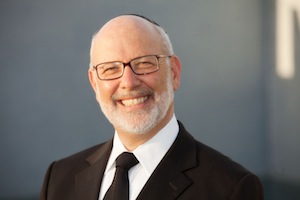
Reflections from my trip down the memory lanes of a lost world On the surface many of them looked no different from the non-Jewish aristocracy of their time, but when they served Hashem in study and prayer, they were like angels of G-d. Their ways were the ways of pleasantness and all of their pathways were peaceful. Straight From the Jungle Last Sunday and Monday in South Africa I was tracking leopards in the bush, parked in the middle of a herd of elephant and staring at a large male lion less than twenty feet away. Isolated from the world and immersed in the wonders of ..









